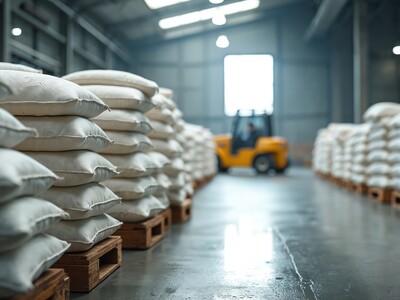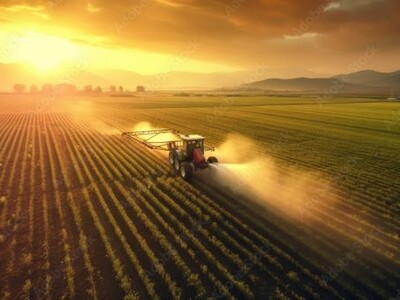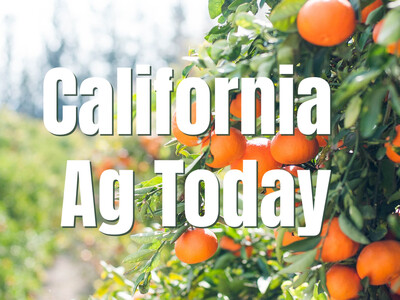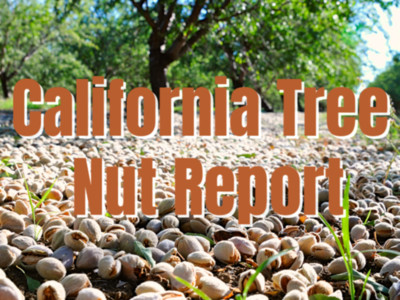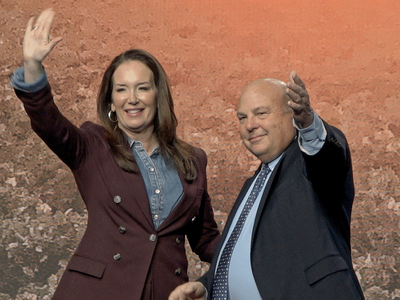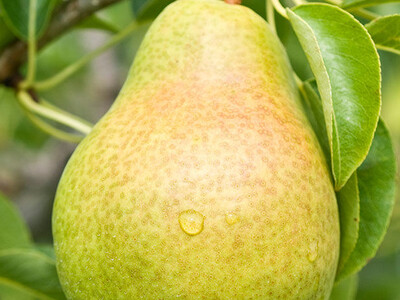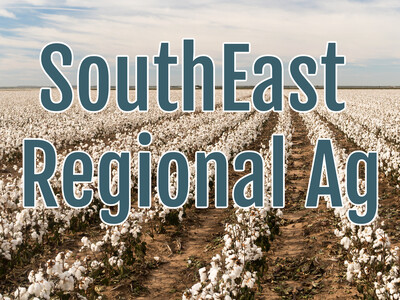Money from carbon
NEW CARBON MARKET OPPORTUNITIES IN RANGE AND PASTURECarbon farming is a hot topic for row crop growers, but what opportunities are available for ranchers to get involved in the carbon market? Jerry Stephens, regional sales manager for Agoro in the Pacific Northwest: “The range of pasture programs is new in this industry, and we’re one of the few that offered those programs for livestock producers. And it's nice, the fact that we can work with them to implement regenerative practices like improved grazing, some seeding for biodiversity, and also nutrient management out there. And through that process, they develop healthier soils, they develop organic matter, and as an agronomist, an agronomy guy, and as a rancher, people know that if you have organic matter out there, it's water holding capacity. It’s water infiltration. And what that does, it helps them produce forage.”
Much of the country was hit by extremely dry conditions last summer. He talks about how some of the carbon-recommended management practices can help in those situations.
“The first thing I'll answer is that all these ecosystems, this range of pasture grounds, are just primed for growth. We all know how resilient they are. You get an inch of rain and it just greens up. That's a great way to sequester carbon. But let's just go back to the reason why, long-term, helps people manage risk. And we talk all about water and water is key. I was with a range scientist in South Dakota recently at a Stockgrowers Association meeting, and he talked about the fact that an inch of water on a range of pasture, you could hold that. It would mean another 250 pounds of forage. You think about a cow that eats 1,000 pounds a month, and that means it's an extra week with forage for a cow like that. So, if we can help people manage water infiltration rates, really what you're doing is you're helping your soil health, and you're sequestering carbon, and we can pay you for that.”
He talks about how some of these practices can help ranchers.
“There's a lot of talk about rotational grazing, it doesn't mean you have to break everything in the 20-acre paddocks, but if you're going to be doing some, fencing is one way to do it. That could be an electric or hard wire fence, for example. It could be just seasonally. We always start with pasture A in the early part of the summer, and then we've moved to B and C pastures. If you do nothing more than change the pattern in which you're within pastures, it can affect the forage quality out there. Also, it can be as simple as where you put mineral or salt blocks. If you move that around a pasture, what we're trying to do is get more animal activity across that whole pasture. In most situations, when you just do a release in a 2,000-acre pasture, cattle only utilize about 20 percent of that forage. There's a certain species they like out there, they just keep walking and eating that same one. Whereas, if we can force them into an area to graze an area more directly, they'll utilize more of that forage.”
Stephens offers advice for ranchers interested in the carbon market.
“Just engage with the markets. Too many people are self-disqualifying. They decide this can't be for me, or I don't think I would ever qualify. And most people are surprised that we respect what people want to do in their operations. I'm not going to be there to tell them about stocking rates or how long they need to be on a pasture. We don't get involved in those conversations, but we work with them in implementing these practices and documenting them, so when we come back in year five or in year ten and take soil samples, we can tell the story about where that carbon came from.”
Learn more about the carbon market and practices that add value to your farm or ranch at www.agorocarbonalliance.com or email info@agorocarbon.com.






